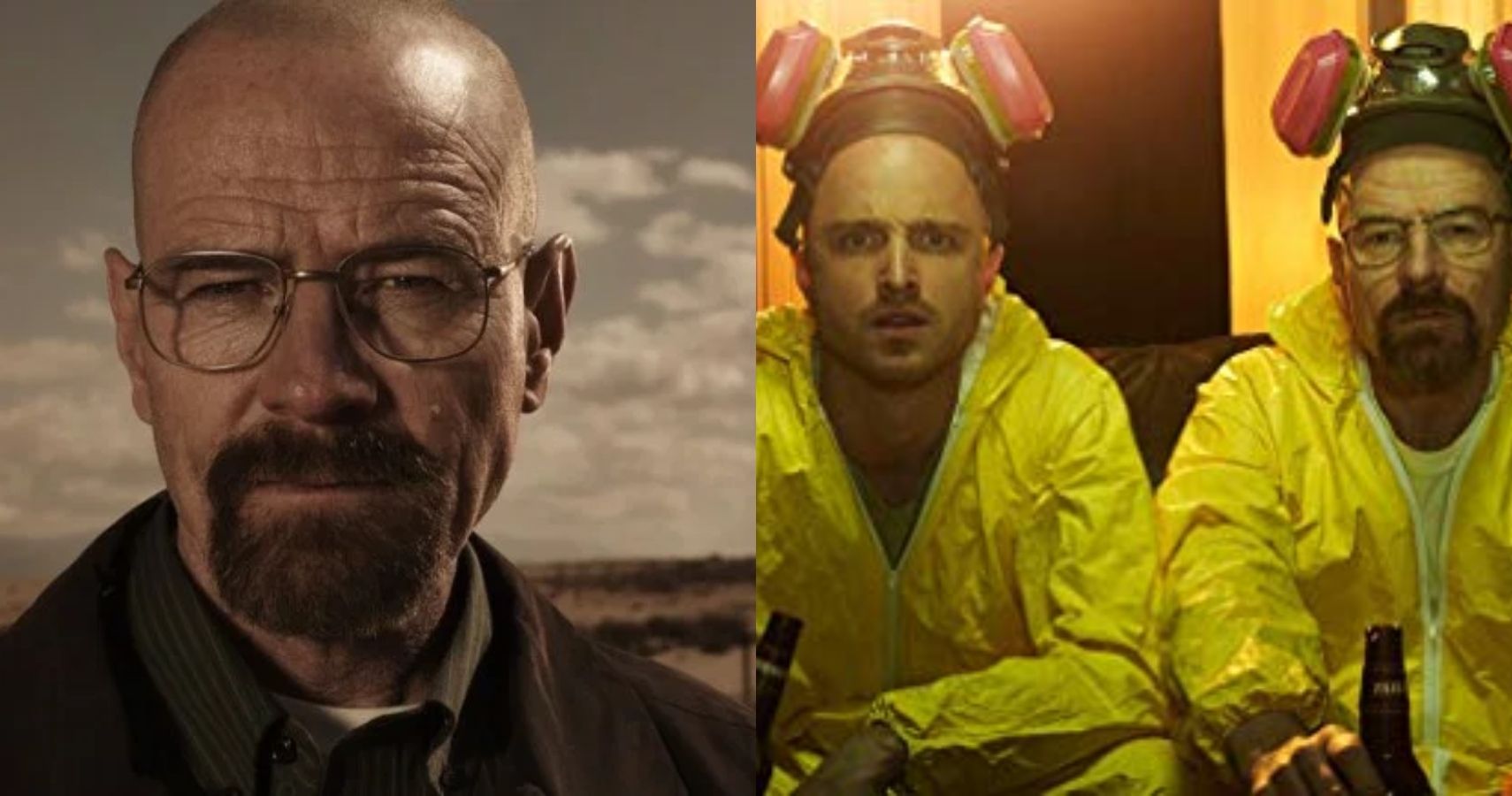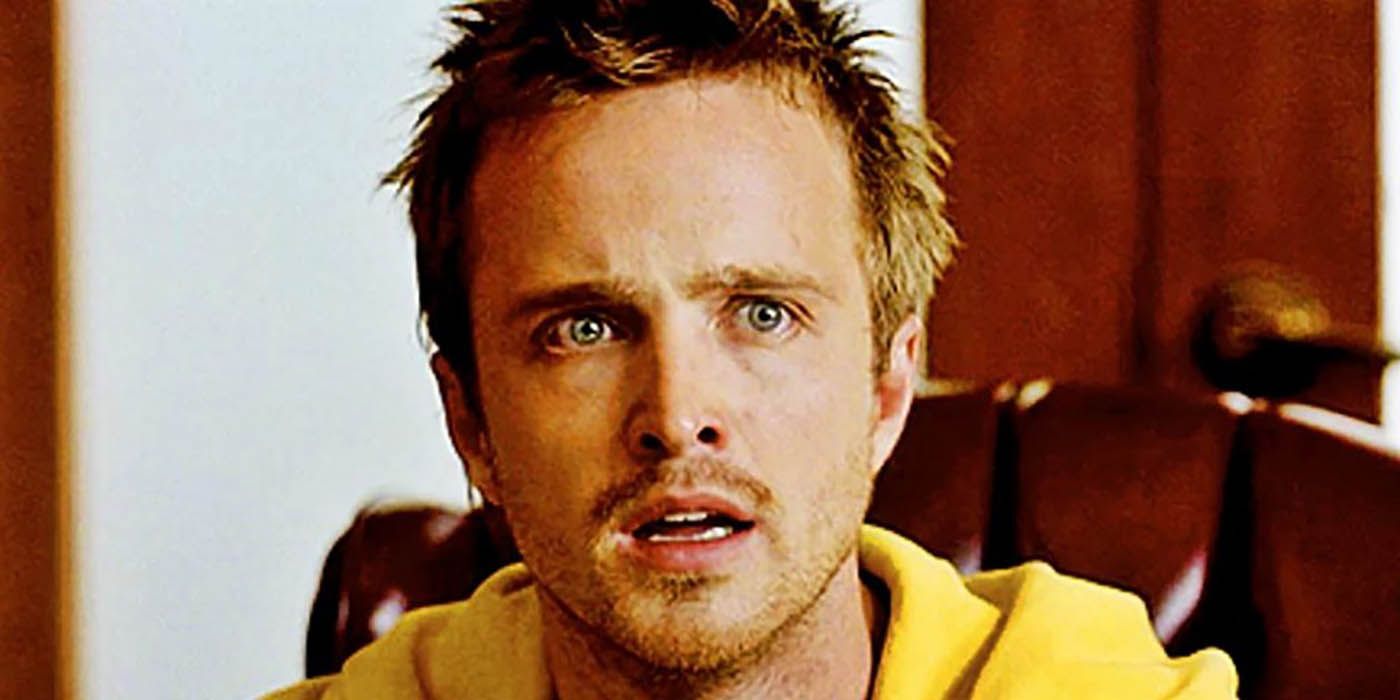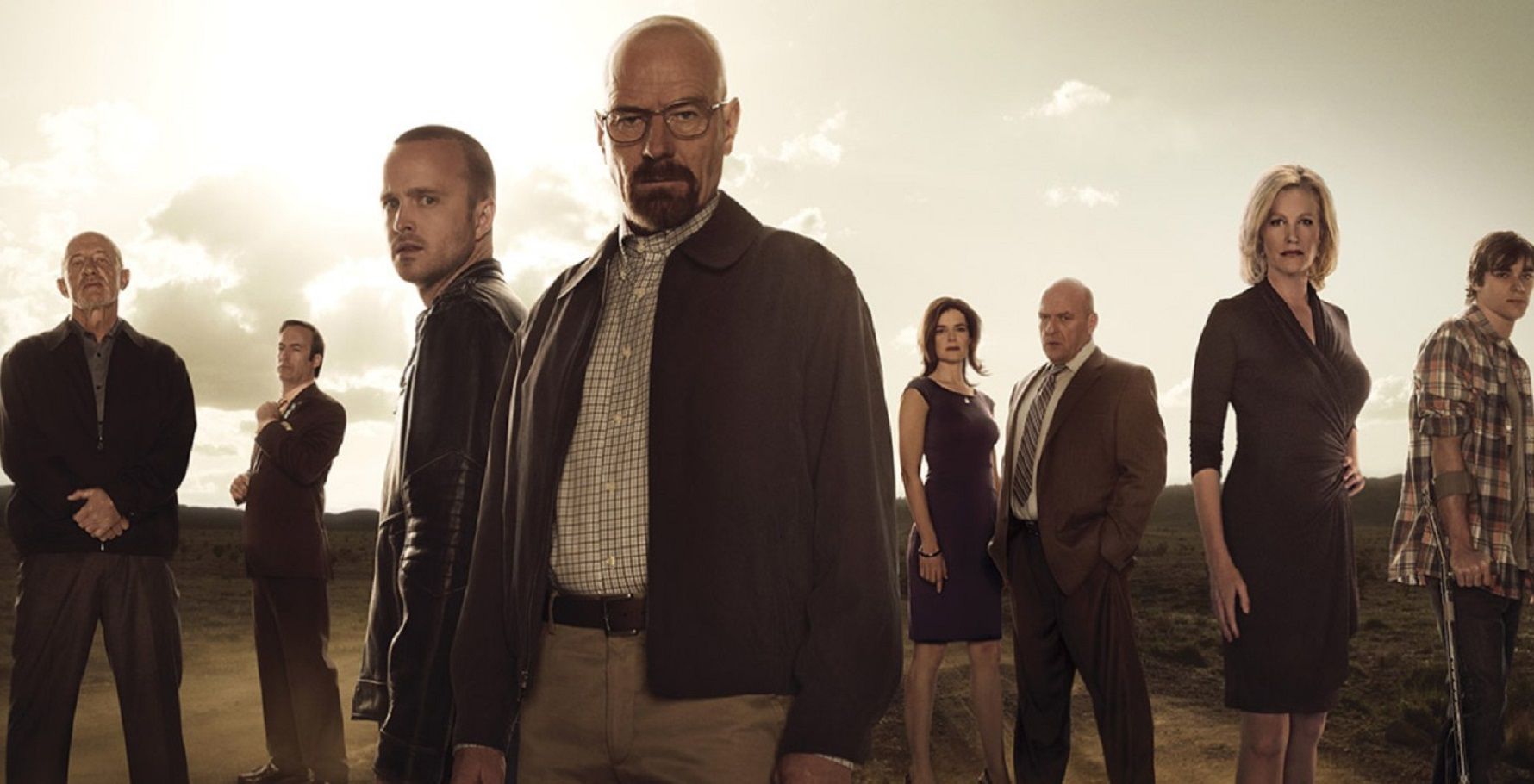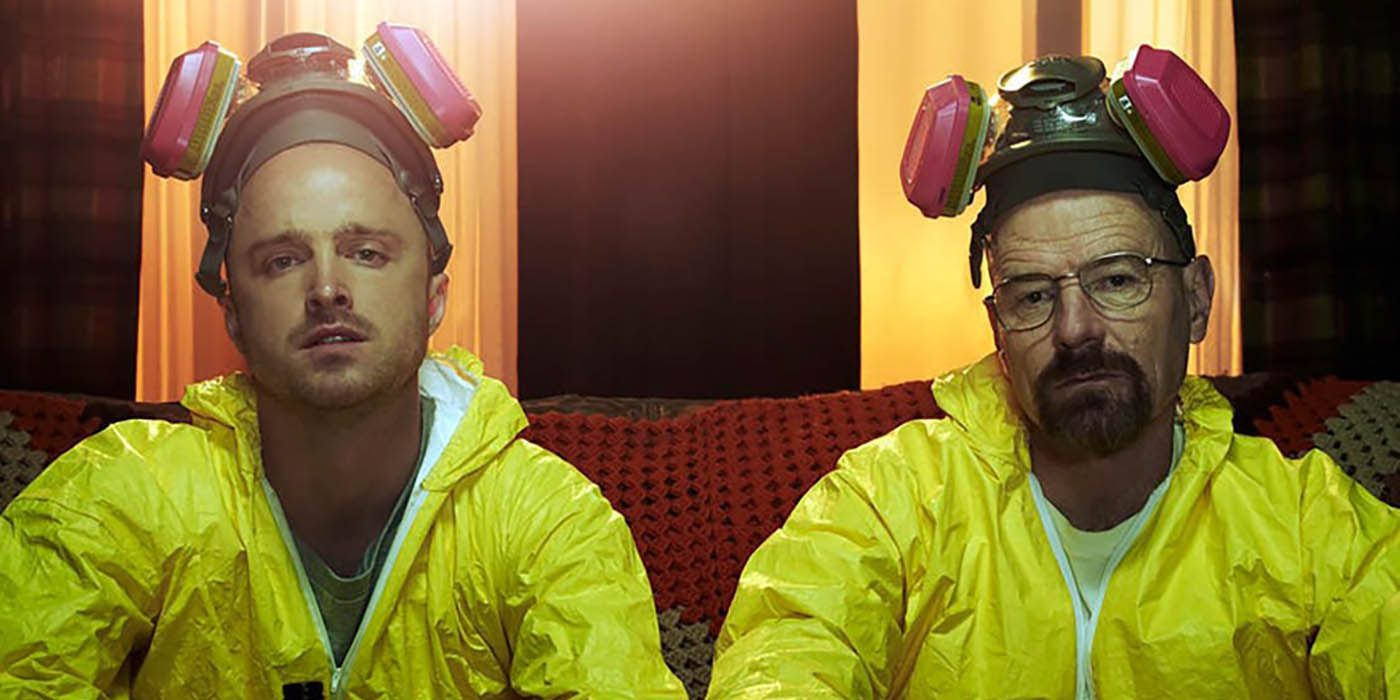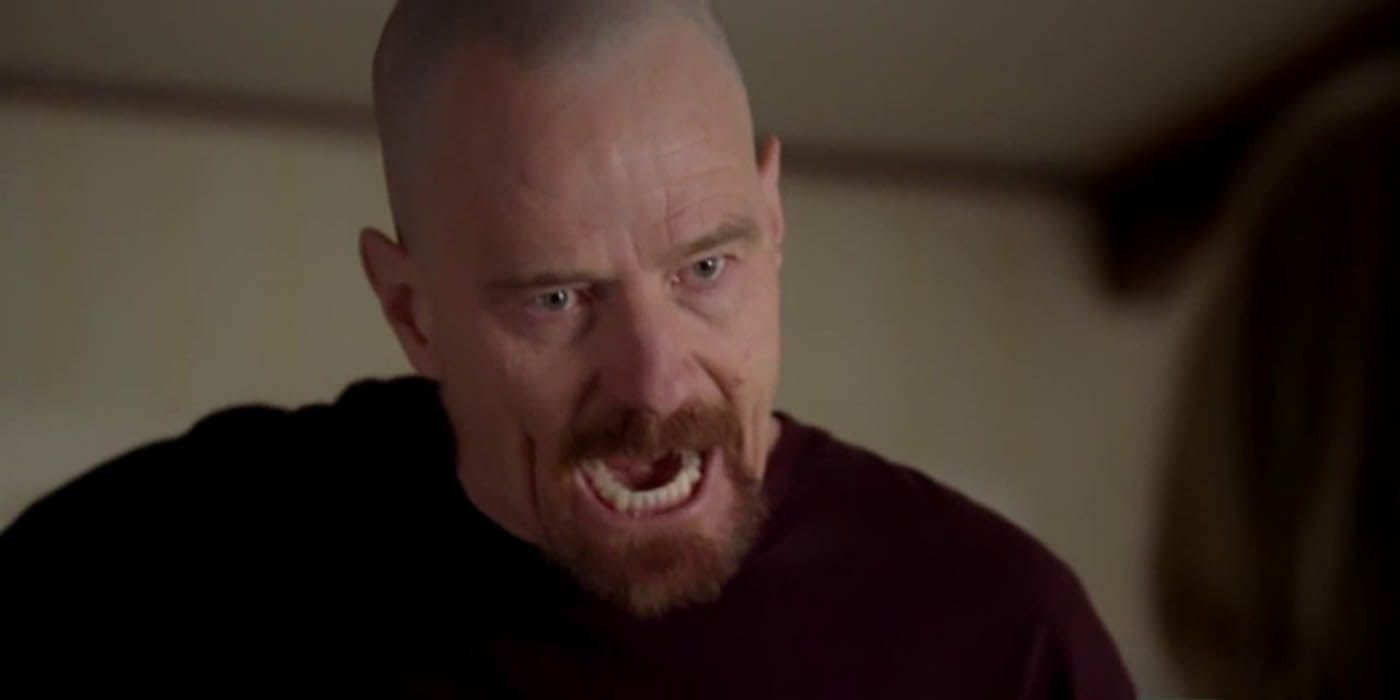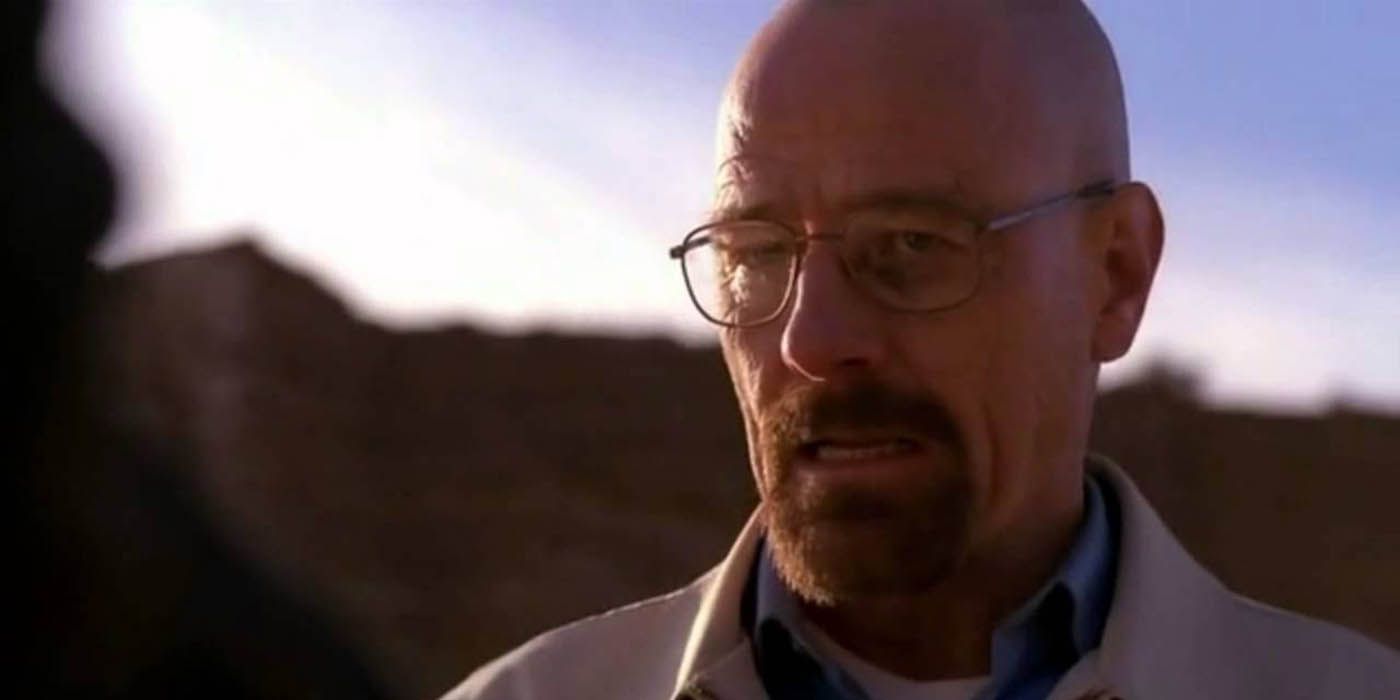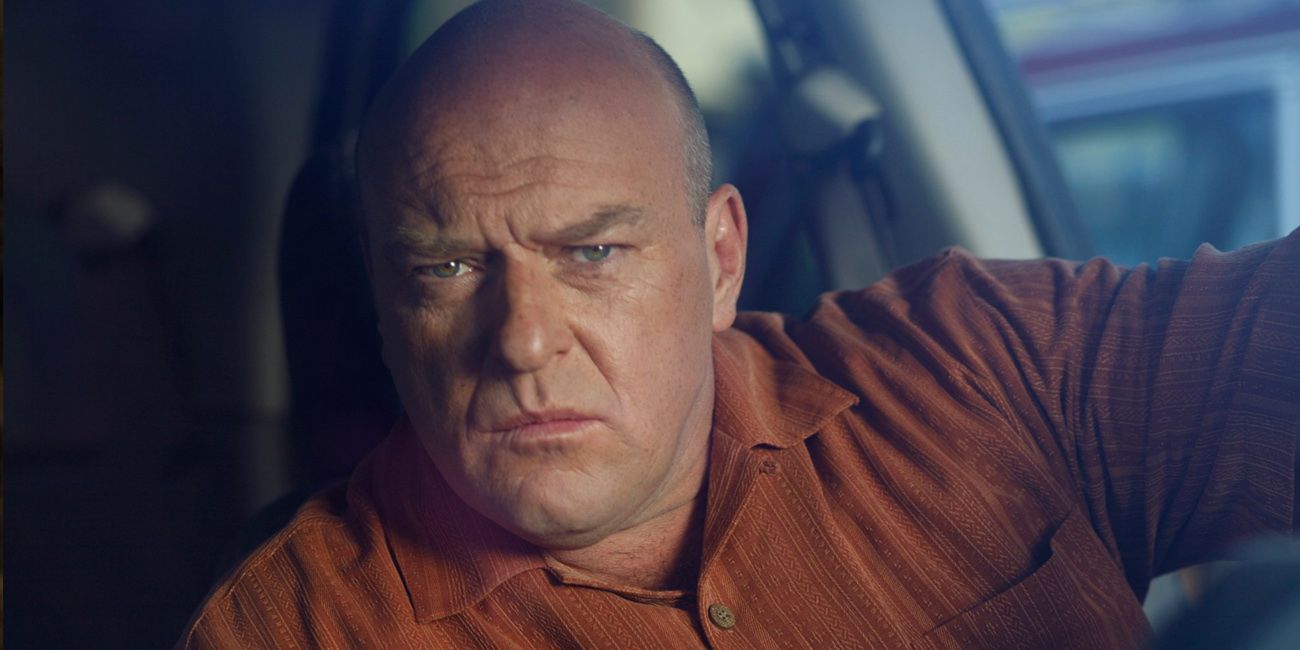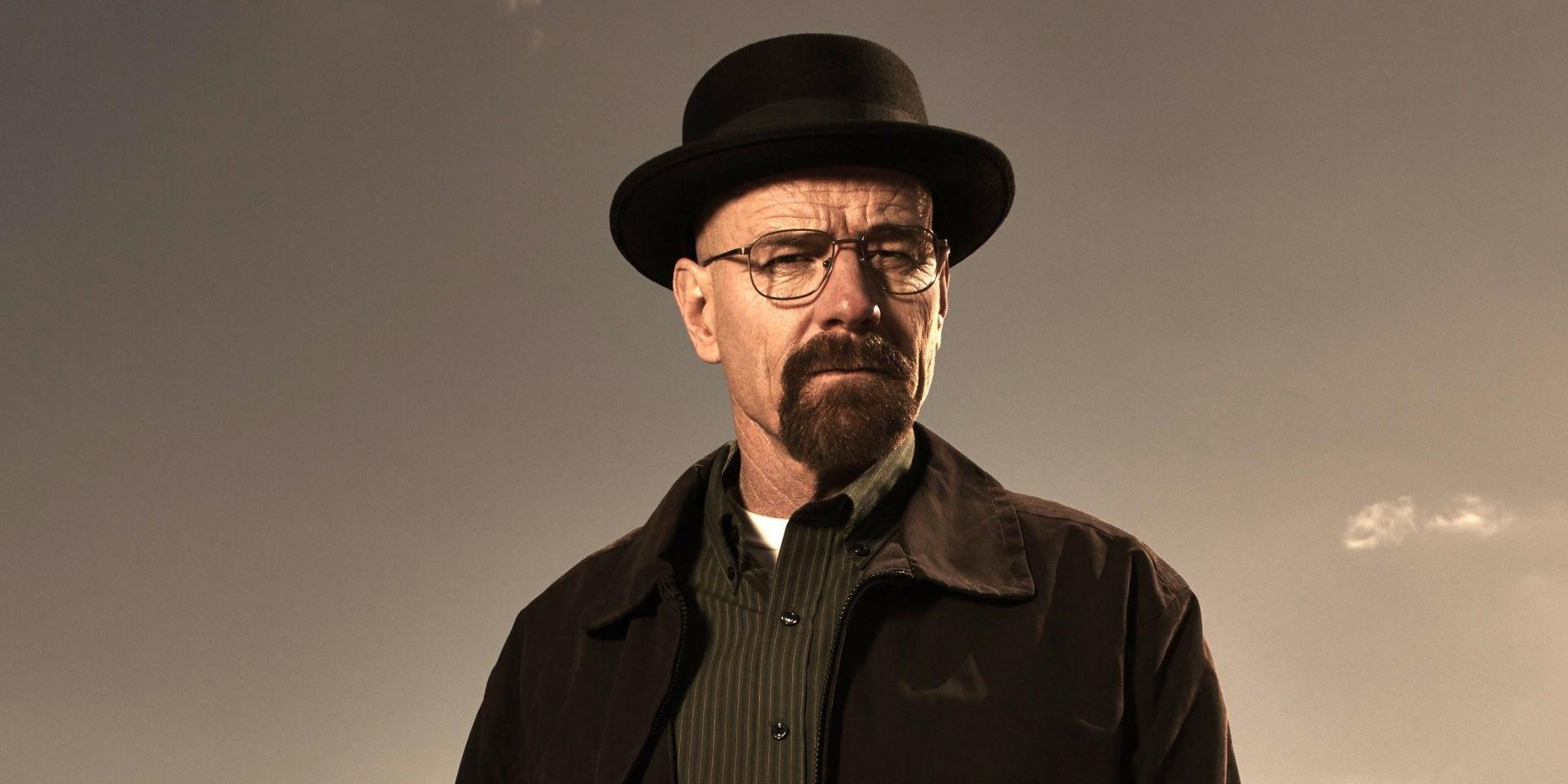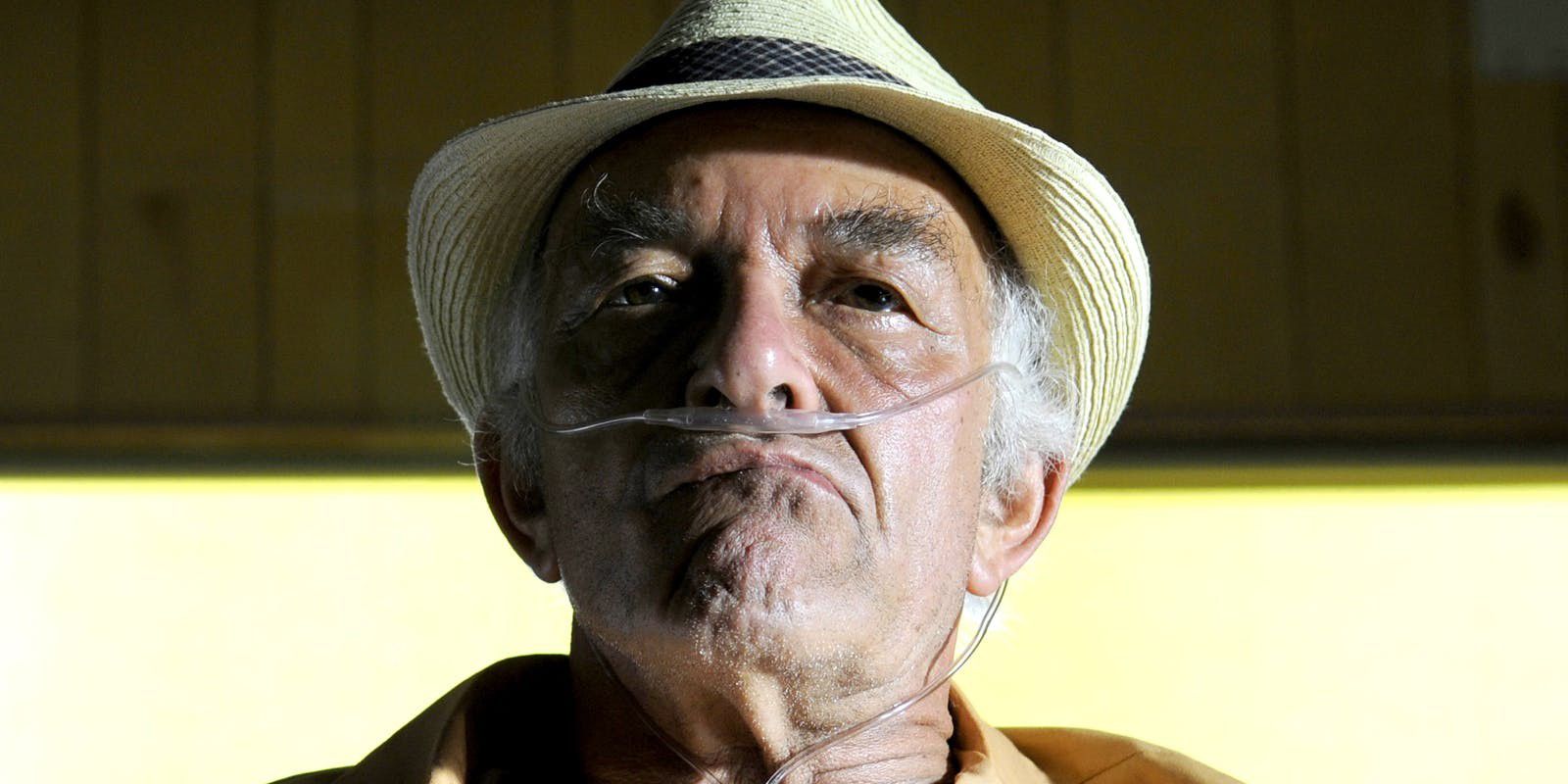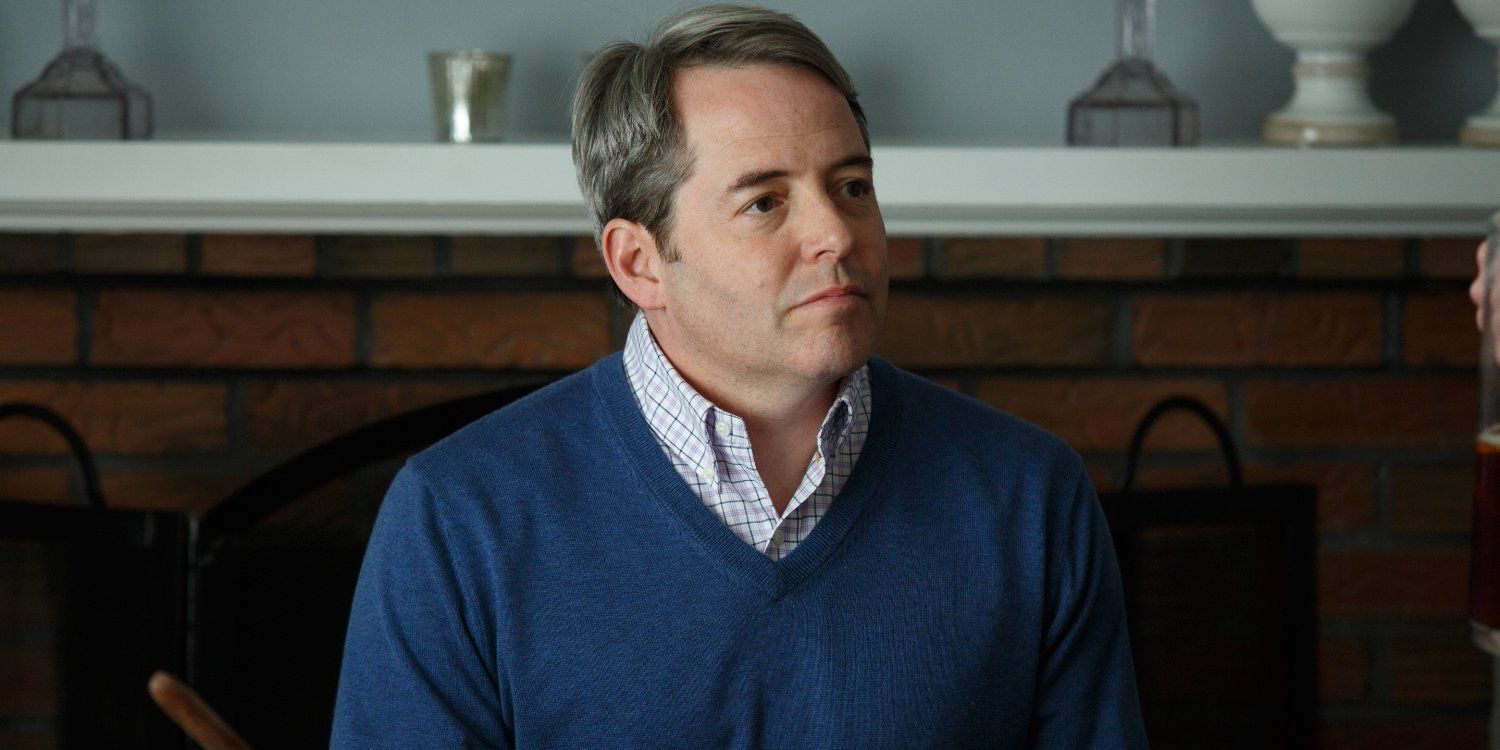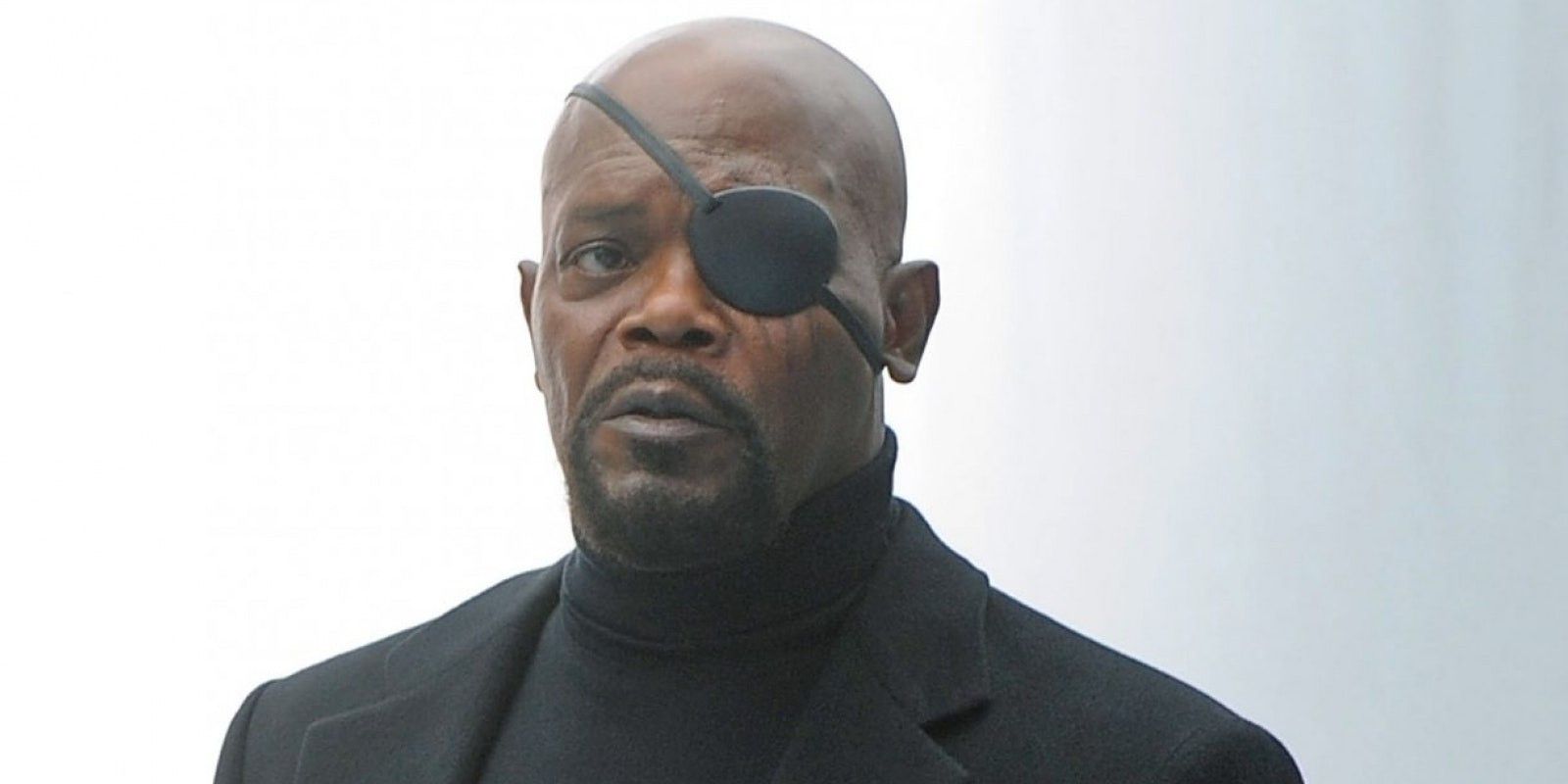There are a few shows that see the success that Breaking Bad did. And with only five seasons under its belt, it’s incredible the feat that it was able to accomplish. The decision to create a show centered around an unsuspecting science teacher doubling as a meth cook seems taboo in and of itself, but throw in a DEA brother-in-law and a time ticking cancer bomb and you’ve got a recipe for one hell of a series.
Vince Gilligan, the shows creator, realized a number of setbacks before the show came to fruition. Some of its original characters never came to be, while some of the mainstays were meant to disappear after the first season. And with the show breaking ground at the peak of the writer's strike, Breaking Bad had been forced to rearrange its entire strategy. So, here are 10 facts behind the making of Breaking Bad.
Jesse Pinkman Wasn't Supposed To Survive
The only two characters to appear in every single episode of Breaking Bad is (of course) Walter White and Jesse Pinkman. That’s why it seems almost laughable that Jesse wasn’t meant to survive past the ninth episode.
That’s right, the hard-shelled junky that audiences grew to know and love had originally been written off during the first season. However, it became clear to the showrunners after filming just two episodes that killing off Jesse was no longer an option.
Four Networks Passed On 'Breaking Bad'
As with most good story ideas, Breaking Bad's controversial storyline was initially passed up by most major networks. Gilligan revealed in a 2011 interview that after pitching Breaking Bad to HBO he felt that they “could not have been less interested."
Other networks also passed up on the tale of Walter White including Showtime, FX, and TNT. FX had actually picked up the show in 2005 but dropped it in order to pick up Courtney Cox's show, Dirt. Thankfully AMC scooped up the project and stuck with them for the next five years.
The Meth Is Candy
Apparently, some researchers took to experimenting crystal meth after the success of the show. And it turns out that it’s actually impossible to make blue meth. Sorry to burst your bubble.
Needless to say, however, the showrunners decided against using actual drugs as props in the show. Instead, what you see on screen in the form of blue meth is actually blue rock candy. When characters are shown smoking meth, they are actually smoking the sugar candy (except they don’t inhale). The Candy Lady is a boutique candy shop in Albuquerque that gladly supplied the candy meth to Breaking Bad.
AMC Didn't Want To Cast Bryan Cranston
Bryan Cranston previously won the affections of television audiences for his role as Hal on Malcolm in the Middle. Because of his comedic acting history, AMC didn’t think that Cranston would fit the role as the illustrious meth dealer. Instead, AMC had their eyes on actors such as John Cusack and Matthew Broderick.
The show's creator eventually got them to see reason after just the first episode, where Cranston proved that he could be dramatic and intimidating, yet still relatable.
The Writer's Strike Affected The Plot
The famous writer's strike lasted from November 2007 until February 2008. This colossal move essentially put a stop in producing shows and movies alike, causing millions of dollars in lost opportunities. This hiatus actually caused the plot of Breaking Bad to change entirely. As mentioned, Jesse Pinkman was supposed to be killed off after the ninth episode. Had it not been for the writer's strike slowing down the filming process, this may have still happened (despite Aaron Paul’s extraordinary acting skills).
It also forced the creators to shorten the length of the first season, which originally had Walter's alter ego come full force at the end of the season. In hindsight, it seems that prolonging Walter's moral downgrade helped intensify the show to make it what it is today.
The DEA Was Involved
That’s right, the Drug Enforcement Administration actually helped out with the development of Breaking Bad. And not just to flesh out the character of Hank Schrader.
The creators of Breaking Bad actually reached out to the DEA to let them know what kind of show they had in the works. They invited them to help with the logistics and the DEA agreed to act as consultants for the show. They even brought in a chemist who showed Aaron Paul and Bryan Cranston how to actually make crystal meth.
The Name Heisenberg
There are a lot of nods to real-life people and situations in Breaking Bad. One of them comes from Walter White’s damaging other half, Heisenberg. The name Heisenberg is a nod to a Nobel prize-winning physicist.
Werner Heisenberg is celebrated for his theory of quantum mechanics and for his famous principle of uncertainty. The latter of which is extremely fitting for Walter White, considering his erratic fight with cancer and his questionable drug operation.
Hector "Tio" Salamanca Was Supposed To Be The Main Antagonist
Mark Margolis who plays Hector "Tio" Salamanca was initially dubbed as the main antagonist for the show. Tio is a drug runner who eventually leaves his high-ranking status his nephew, Tuco. Despite his handicap, Tio seems to still be the patriarch of the Salamanca family who is pulling the strings behind his nephew's every move.
Despite Margolis' persistence on the show, the show's creators decided to go in a different direction after hiring Giancarlo Esposito. Esposito plays Gus Fring, the fast-food chicken chain entrepreneur. Esposito had been offered a guest spot on the show, but he convinced the creators to allow him the opportunity to better developed his character. And apparently it worked because Gus Fring became the main antagonist for Breaking Bad.
Vince Gilligan Didn't Want Famous Actors
AMC wanted to hire A-list actors like John Cusack or Matthew Broderick for the lead role of their new pilot. However, the show‘s creator (Vince Gilligan) wanted the exact opposite. And despite Cranston‘s role in Malcolm in the Middle, he still wasn't a widely known actor. Likewise Aaron Paul had virtually no acting experience at all.
Gilligan reportedly rejected household name actors in favor of these lesser-known people, to which he may owe the success of the entire show.
Nick Fury Almost Made A Cameo
Another fun fact about the making of Breaking Bad is that Nick Fury almost made a cameo. The only reason this may have happened is because the show was being filmed on the same studio lot as The Avengers in 2012.
Samuel L. Jackson showed up on the set of Breaking Bad in Nick Fury garb and requested a cameo appearance. Although it was probably tempting, the producers thought that the Marvel character would be a bit too distracting.

